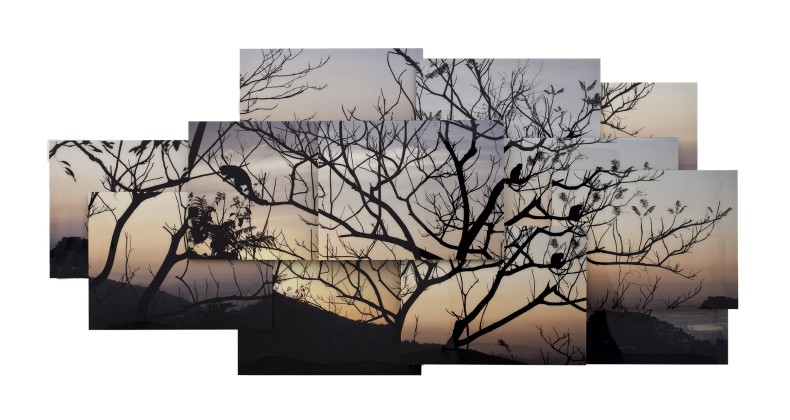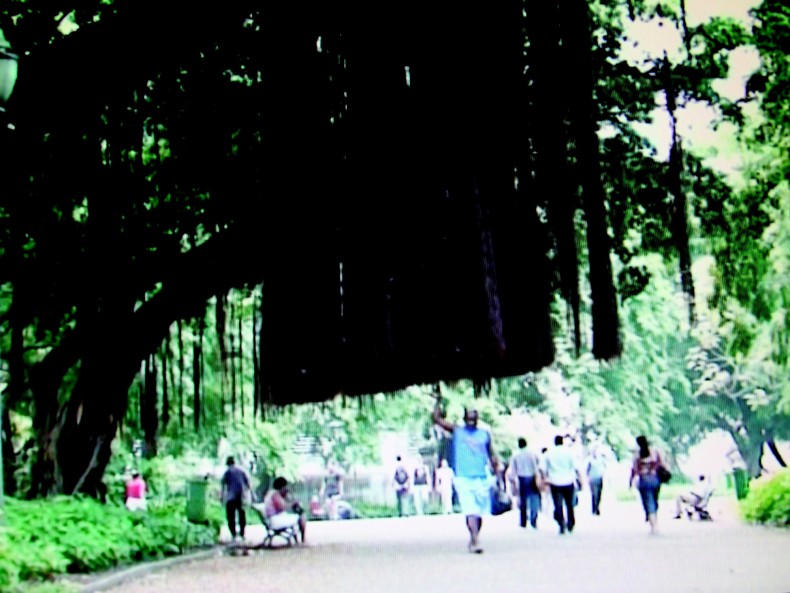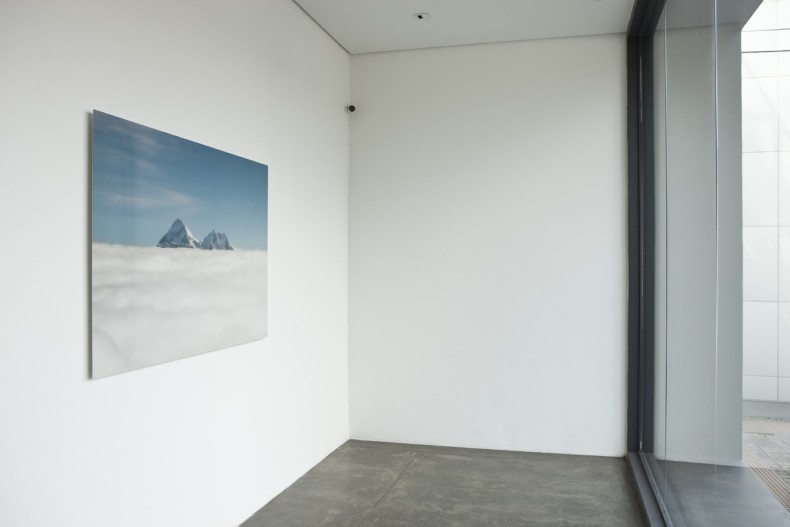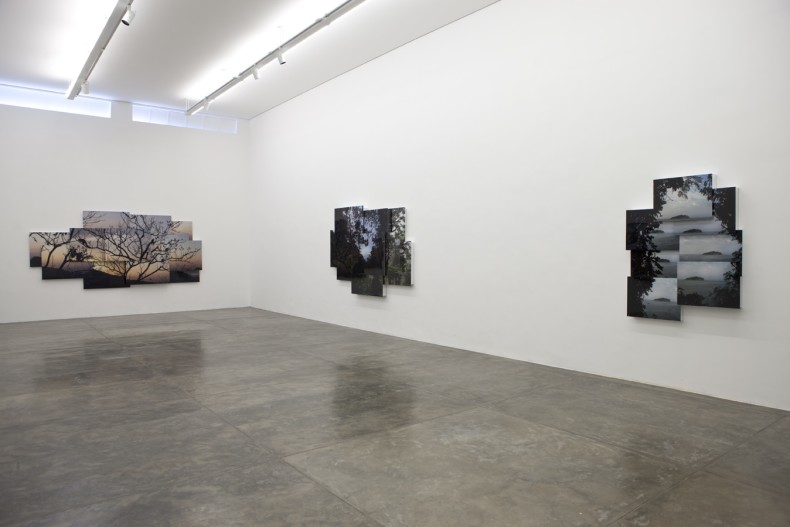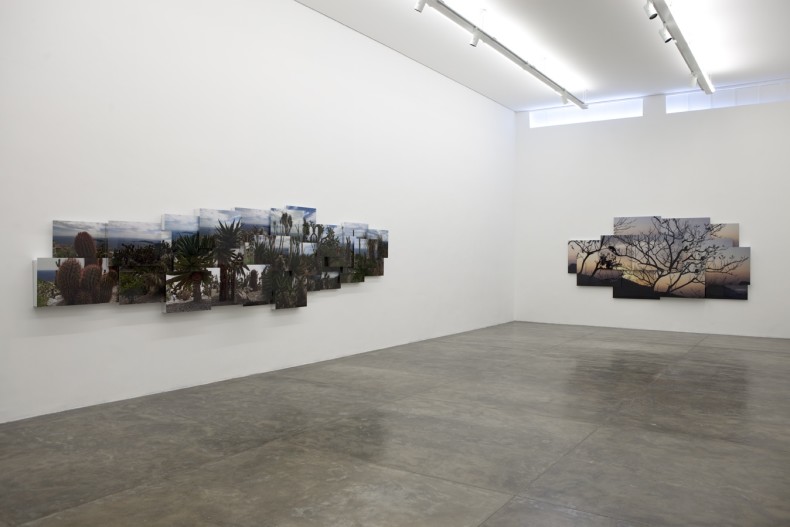On November 19, Rio de Janeiro–born artist Marcos Chaves will open his third solo exhibition at Galeria Nara Roesler. Since the 1990s, Chaves has been developing artworks the main feature of which is to give new interpretation to daily scenes and objects from an ironic and witty point of view. Chaves participated in the 25th Bienal de São Paulo, and in the 1st and 4th editions of the Mercosul Biennial, in addition to solo and group exhibitions all over the world. Marcos Chaves has just returned from an artist residency in Beijing, China, to which he was invited by Chinese-Brazilian curator Sarina Tang. There, he created works that will be part of an exhibition scheduled to take place in the Chinese capital in 2012. “I made some works that were inspired in the Chinese tradition, and I was very shocked by the lack of nature. Pollution is so huge that when you look at the sky, you never see stars,” explains Chaves.
In 2008, the artist began a series of works that was presented at his solo exhibition É da sua natureza, which took place at Oi Futuro, in Rio de Janeiro. That research unfolded into this new exhibition, called Pieces. In this show, whose theme is the natural landscape, the artist will present four photography panels assembled in complex juxtapositions.
The video A árvore que caminha will also be shown. It shows a massive tree from the species Ficus microcarpa, in Campo de Santana square, Rio de Janeiro. Its roots hang from its trunk, and the tree reaches the path of passersby on their way from Central do Brasil railway station to the city center. Its long roots form a large curtain that almost touches the heads of the passersby.
According to Chaves, “Its different layers create a unique image that does not necessarily correspond to what is instantaneous in such landscape, if it were photographed only once. Our gaze wouldn’t be able to grasp the totality of what is seen without an interval between the actions, which may be a small variation in light, a slight movement caused by the wind, or even an animal that moves in the landscape. Time is an essential element in this work.”
While in Asia, Chaves met the curator Simon Kirby, who wrote the essay for the Pieces exhibition. Kirby defines Chaves as a most Carioca of artists [Carioca meaning someone who was born in Rio de Janeiro] and turns his works into an enigmatic, quiet, and compelling act of giving yourself over.
